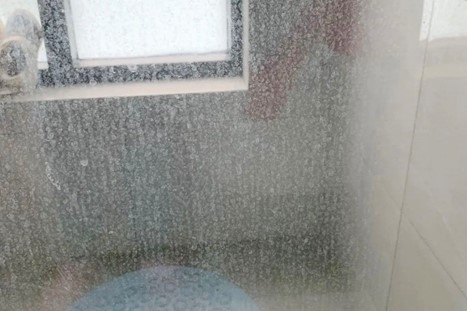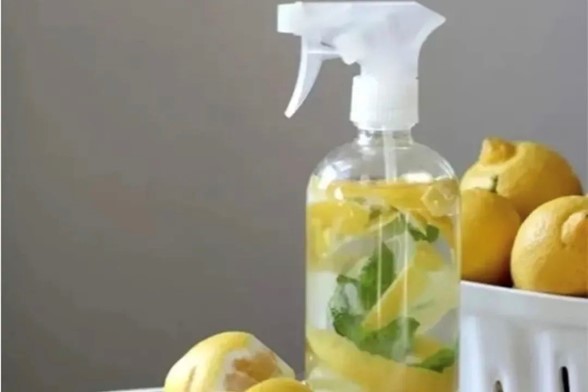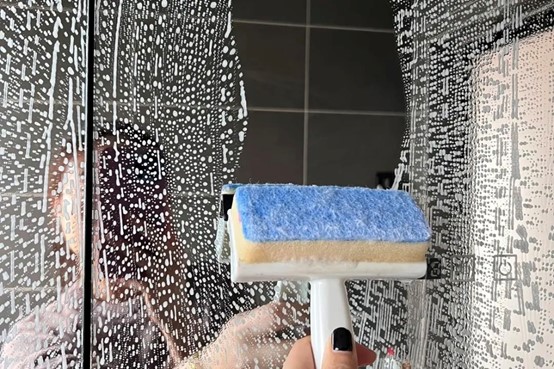Frameless glass shower doors are loved for their sleek, spa-like look, but after a few weeks of use they often turn cloudy with stubborn white or grayish streaks. Those streaks are hard-water stains—mineral deposits of calcium carbonate and magnesium hydroxide left behind when water evaporates. Below you’ll learn how to erase existing stains quickly and keep new ones from forming.

1. Use the Right Cleaning Ingredients
• Safe acids: Look for products that list surfactants, citric acid, acetic acid (vinegar) or hydrogen peroxide.
• Avoid harsh acids: Skip cleaners with hydrochloric, sulfuric, phosphoric or oxalic acid; repeated exposure can damage your lungs and the glass.
Chemical-free alternatives you already have at home:
• White vinegar: Saturate a paper towel with undiluted white vinegar, press it onto the stain and let it sit for one hour. Wipe with a damp microfiber cloth and rinse.
• Citric acid: Mix 1 tablespoon of citric-acid powder in 1 cup of warm water (or use fresh lemon juice). Soak a paper towel, stick it to the glass overnight and rinse clean the next morning.

2. Choose Soft, Scratch-Free Tools
Gentle tools only—think microfiber cloths, non-scratch sponges or a soft detailing brush. Never use steel wool, scouring pads or stiff-bristle brushes; they leave permanent scratches that make future cleaning even harder.

3. Act Fast—Don’t Let Stains Become Fossils
Fresh stains dissolve in minutes. Make it a habit to run a squeegee or a dry towel over the glass right after every shower. Removing standing water keeps minerals from bonding to the surface in the first place.
4. Install a Water-Softening System (The Long-Term Fix)
The root cause of hard-water stains is… hard water. A quality water softener or whole-house soft-water system swaps calcium and magnesium ions for harmless sodium ions, reducing hardness to below 5 ppm. Less mineral content means dramatically fewer stains.
How it works:
• Resin beads inside the softener trap calcium and magnesium.
• Once the resin is saturated, a salt brine flushes it clean and recharges the beads so they can keep working.
• Flow and water pressure stay constant thanks to self-regulating controls.
Sizing tips:
• Apartments or 3-bed/2-bath homes: 1–1.5 tons per hour is plenty.
• Larger homes or villas: opt for 2 tons per hour units.
Allow extra space for the brine tank and periodic salt refills.
Follow these four steps and your glass shower doors will stay crystal-clear—no harsh scrubbing required.
